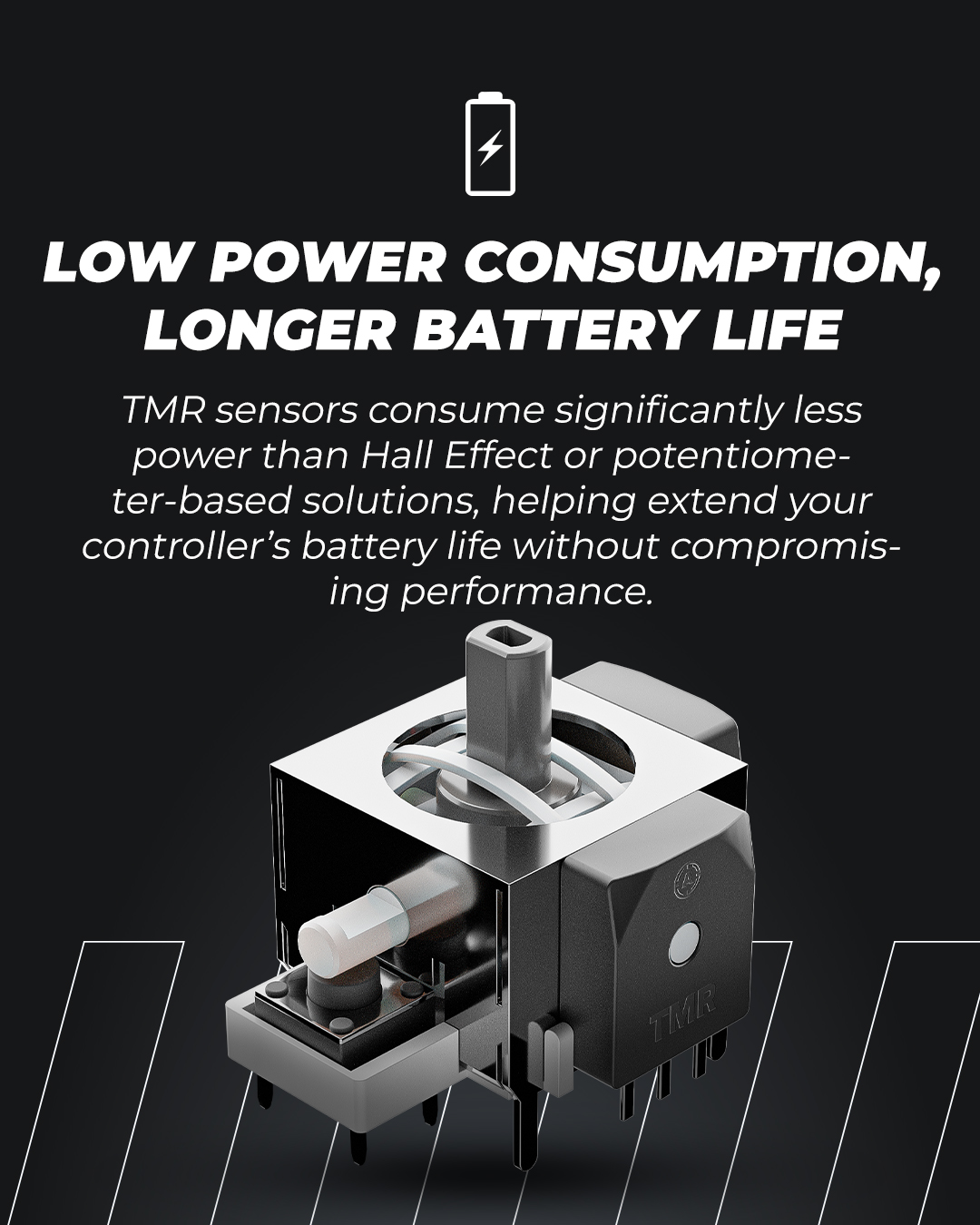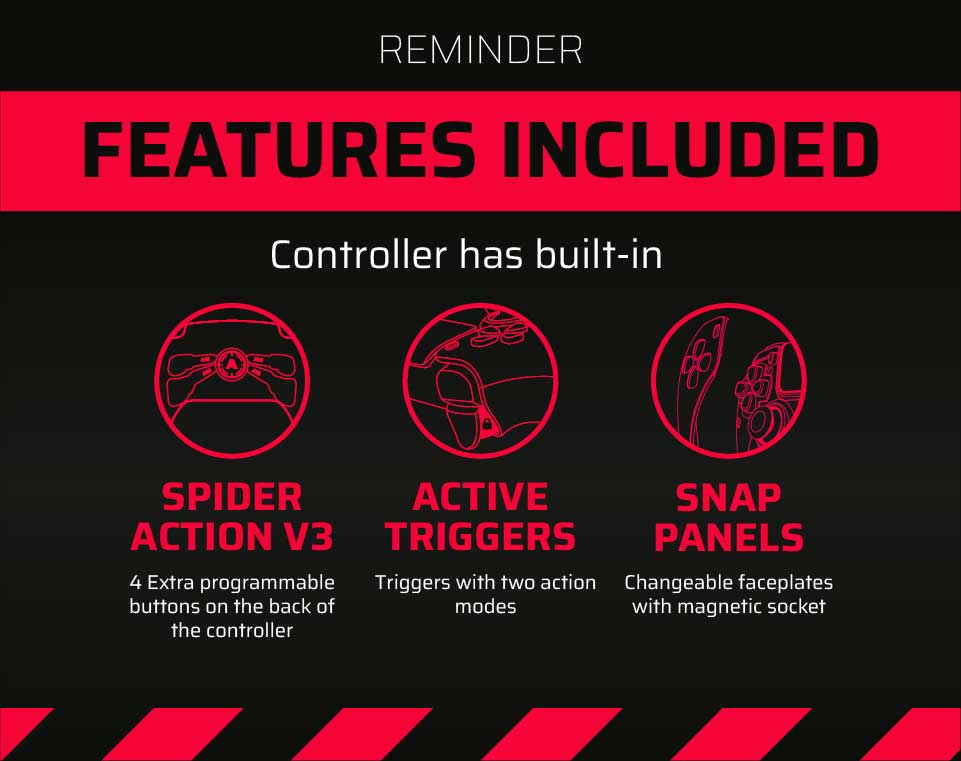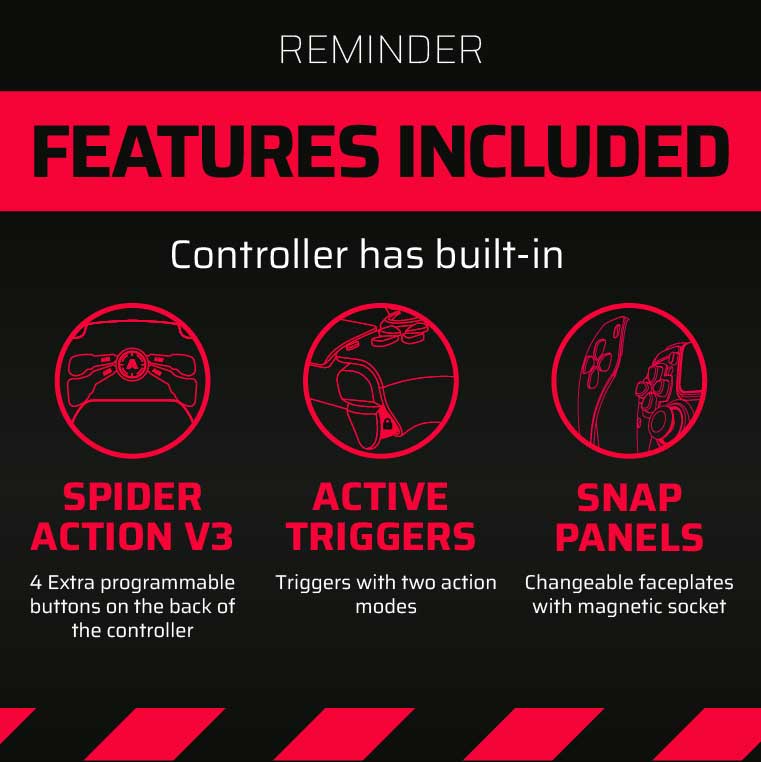TMR Technology: Tunnel Magnetoresistance Sensors for Gamers Who Want More
Tunnel Magnetoresistance. Magnetic field precision. Sensor innovation is getting a major upgrade. TMR is not just a new feature — it’s changing the game.
In fact, this technology doesn’t simply improve gaming controls; it redefines how we aim, move, and react in digital environments. From the unique tunnel structure to the TMR element’s quantum behavior, every part works to maximize control and minimize error.
So, if you’re looking for zero drift, razor-sharp accuracy, and total input precision, this is the tech you need.
shordcode
What Is TMR Technology, and Why Is It Getting So Much Attention?
TMR stands for Tunnel Magnetoresistance, a breakthrough in magnetic sensing. This cutting-edge sensor technology uses a quantum tunnel between two ferromagnetic layers — one fixed and the other free to move with magnetic fields.
Between them lies a magnetic tunnel barrier, which acts as an insulator. As the free layer shifts magnetization, the TMR element’s electrical resistance changes dramatically.
Moreover, this reaction happens at a quantum mechanical level, making the sensor incredibly precise. As a result, TMR sensors outperform older types by a wide margin.
Compared to conventional AMR sensors, TMR delivers faster response, greater reliability, and ultra-low power use — ideal for modern, high-performance gaming.
What Makes TMR Better Than GMR or AMR?
While GMR and AMR sensors have their place, they can’t match TMR in sensitivity or performance. That’s because they operate differently.
TMR sensors detect magnetic field shifts through a quantum tunneling effect. Inside the sensor, resistance changes based on the magnetic alignment of layers separated by an insulating tunnel.
In contrast, GMR sensors use non-magnetic metal spacers, and AMR sensors rely on changes within a single layer. Therefore, their sensitivity is limited by design.
TMR, on the other hand, uses a magnetic tunnel barrier that significantly amplifies the signal. Thanks to this structure, the sensor can detect even subtle changes in magnetization.
As a result, TMR sensors provide much higher output and stability — key advantages for precision-focused applications like gaming.

How Does Tunnel Magnetoresistance Actually Work?
At the heart of it all is the tunnel magnetoresistance effect. Between two ferromagnetic layers sits an insulating tunnel barrier. When both layers are magnetized in the same direction, resistance is low. When their magnetization opposes, resistance rises.
This resistance shift is directly tied to the angle between the layers. Even small magnetic changes produce noticeable differences in signal.
Because the sensor structure includes both a fixed (pin) layer and a free layer, TMR responds quickly to magnetic field variations. It converts these shifts into real-time electrical signals.
Consequently, TMR sensors can pick up even weak magnetic inputs and translate them into accurate movement on-screen. For gamers, this means no lag — just seamless, immediate feedback.
Is It Only Used in Cars?
Definitely not. Although TMR sensors are widely used in automotive electronics, their usefulness goes far beyond that.
Yes, in vehicles they help monitor electric power steering, detect wheel speed, and track gear rotation via magnetic pulses. However, the same level of precision that works in cars also applies in other fields.
For example, in consumer electronics, robotics, and gaming, TMR sensors are making major strides. They’re being used to detect rotation, movement, and positional changes with greater accuracy than ever before.
As new use cases emerge, the demand for this sensor technology continues to rise.
Why Gamers Should Seriously Pay Attention to TMR
Drift is the enemy of consistent gameplay. Fortunately, TMR technology removes it entirely. Unlike traditional joysticks that rely on potentiometers, TMR sensors do not involve moving contact points.
Instead, they rely on the magnetization of a free layer, which means there’s no friction, no wear, and no gradual degradation. This leads to zero drift and near-perfect consistency.
Additionally, the sensitivity is so high that every input is detected. Whether you’re in a high-pressure match or making a fine-tuned movement, your controller responds instantly.
There’s no over-correction, no delay — only fast, reliable performance that adapts to your pace.

AimControllers + TMR: Built for Competitive Performance
That’s why AimControllers has integrated TMR technology into its advanced PS5 and Xbox controllers. These aren’t just upgrades — they’re complete redesigns of how control is experienced.
Each joystick contains a precision TMR sensor. When the magnetic field shifts, the free layer inside reacts instantly, causing a change in resistance that the controller reads in real-time.
This direct, lag-free feedback gives players exact control over their in-game actions. Because there are no moving electrical contacts, the hardware also lasts longer and performs better under stress.
Durability meets elite responsiveness — a winning combination for serious players.
What Are the Long-Term Benefits of TMR?
TMR sensors significantly reduce mechanical wear. Since there’s no contact involved in their operation, the magnetic layers remain stable over time.
This means a longer lifespan for your controller and less need for maintenance. But that’s not all.
TMR sensors are also resistant to environmental stress. They perform well across a wide range of temperatures, resist magnetic interference, and continue to deliver stable, consistent readings.
In short, your gear stays sharp no matter the conditions — whether you’re racing through heat or battling in a cold campaign.

What’s the Science Behind the Sensitivity?
TMR’s ultra-sensitive response is grounded in quantum mechanics. When electrons move through the tunnel barrier, their transfer is influenced by magnetic flux.
That flux affects the direction of the free layer’s magnetization, instantly altering the resistance. As a result, the sensor responds with incredible speed and accuracy.
Compared to AMR-based tech, the difference is clear. Even if specs seem similar, the output from a TMR sensor is in a league of its own.
Who Else Is Using It Right Now?
TMR sensors are becoming more common in multiple industries. Beyond gaming, they’re being adopted for use in data storage devices like hard drive read heads, as well as in advanced robotics and drone systems.
The reason? TMR’s output is directly tied to magnetization angles, which allows for ultra-accurate feedback.
As a result, more companies are adding it to their product lines — and the momentum isn’t slowing down.
Why You Should Choose a TMR Controller Today
-
Delivers better performance than older AMR or GMR tech
-
Completely eliminates stick drift with contactless sensing
-
High sensitivity and ultra-fast feedback
-
Built to last with rugged, non-wearing components
-
Translates every input with quantum-level precision
-
Works with calibration tools for long-term accuracy
-
Already trusted by industries that demand reliability
-
Perfect for both hardcore and casual gamers
It is not a future trend — it’s already changing how we play.
Now’s the time to upgrade. Feel the difference with Xbox and PS5 AimControllers powered by TMR.



















Latest news
Master Controller Settings for FPS Games
Master Optimising AimController for Competitive FPS Games — Controller Settings for FPS Games Ranked FPS [...]
Nov
Is a Custom Controller Build Wroth it for Racing and Fighting Games
Customizing Controller for Racing & Fighting Games: Wireless Custom Controller Build, Design, and Style Racing [...]
Nov
Are Customizable Controllers Worth Its Price?
Customizable Controllers: The Future of PC Gaming A controller is one of the most essential [...]
Oct
Top Controller Settings for Battlefield 6
The Best Controller Settings for Battlefield 6 Battlefield 6 arrives in 2025 to redefine first-person [...]
Oct
Top Gaming Trends of 2026
Key Gaming Trends in the Industry of 2026 The gaming industry in 2026 faces constant, [...]
Aug
How To Use a PS5 Controller on PC?
How to Use the PS5 Controller on PC: A Complete Guide to Connect and Use [...]
Aug
Mortal Kombat Series – Legendary Fighting Game
Mortal Kombat Series Keeps Evolving Mortal Kombat series isn’t just a video game — it’s [...]
Jul
Top Benefits of Hall Effect Sensor Tech in Gaming
Hall effect sensors transform magnetic changes into clean electrical signals. They replace mechanical parts in [...]
Jul